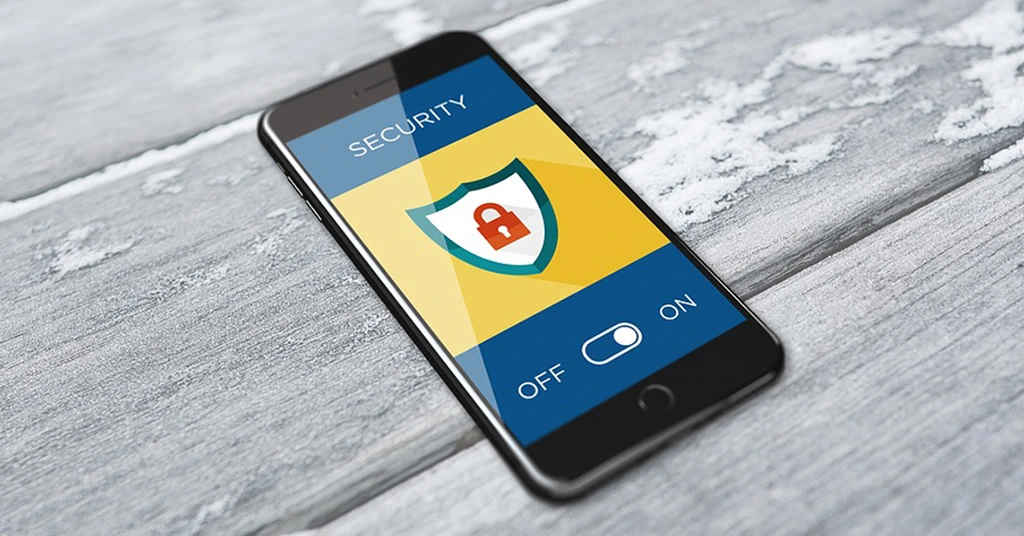
Happy 2022! The start of a new year is the perfect time for business leaders to re-evaluate their current strategies, particularly those centered around technology. The cybersecurity landscape has changed drastically since the onset of the pandemic, and new threats call for innovative solutions.
Today, I thought I’d give you an overview of a cybersecurity strategy that is gaining popularity rapidly. It’s called Zero Trust. In essence, the Zero Trust initiative uses multiple layers of security in order to protect the assets inside your network.
You may think you’re already using multiple layers of security—and you’d be right. Your smart router, antivirus solution, email spam filter, employee cybersecurity training, and more are all working overtime to keep your data safe. However, Zero Trust adds even more checkpoints into your network.
Picture your network as a house. To gain access to what’s inside, someone must have a key to the front door. Under a more traditional security framework, once someone is in the door, they can move freely throughout the house. If we were to use a Zero Trust model to protect the house, however, each door would have a separate lock and key. These keys would be distributed on a person-to-person basis depending on what they needed access to. For example, a visitor may only need to open the kitchen door once they’re inside. A resident may need access to multiple bedrooms. Either way, gaining access to another room would initiate a credentials check.
From a tech standpoint, this means that even if malicious users gain access to your network, they will be asked for security credentials each time they attempt to access network resources. This limits what we call “lateral freedom,” or the ability for any given user to move throughout your network. In this sense, trust is never implied; it is demonstrated through proper credentialing.
Implementing Zero Trust takes a few different steps. First, you’ll need to identify and prioritize your data, understanding where it lives and who has access to it. Next, you’ll need to limit access to resources. Your team should only have access to data on a “need-to-know” basis, otherwise known as “least privilege.” This often means eliminating extraneous domain admin accounts, or accounts that have access to Active Directory. Your network is safest when pathways that lead inside are limited. Finally, you’ll need consistent monitoring of all activity within your network to detect any potential threats.
Multi-factor authentication, or MFA, is an essential preventive measure when it comes to implementing Zero Trust. MFA adds an extra layer of verification when it comes to resource access. Oftentimes, MFA relies on a piece of technology unique to you, like your mobile phone. The more steps you must complete to gain access to a private account, the smaller the chance of a breach.
Taking steps towards Zero Trust is truly the future of cybersecurity. Take it from the United States government—Zero Trust is the gold standard when it comes to protecting digital assets.
Have questions about implementation? Not sure where you stand? Our engineers are ready and willing to help. Give Dynamic Edge a call!


